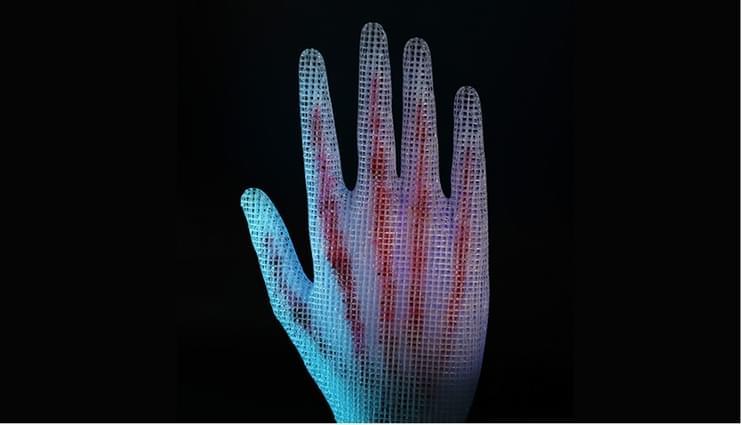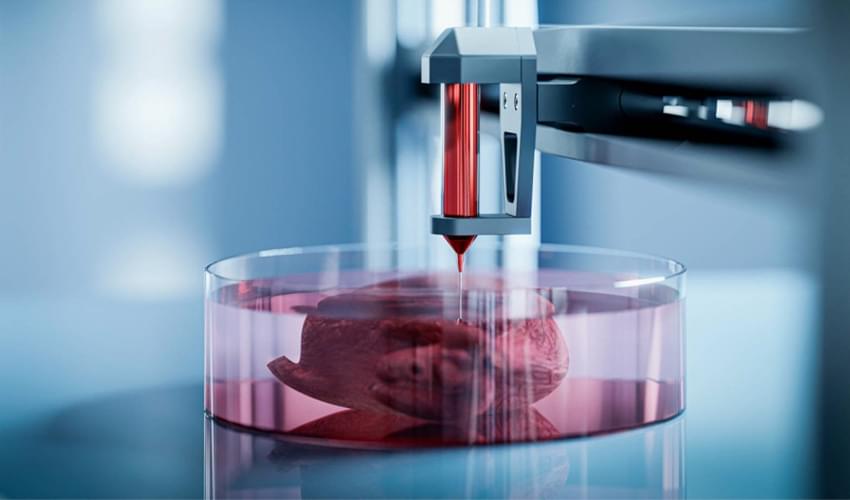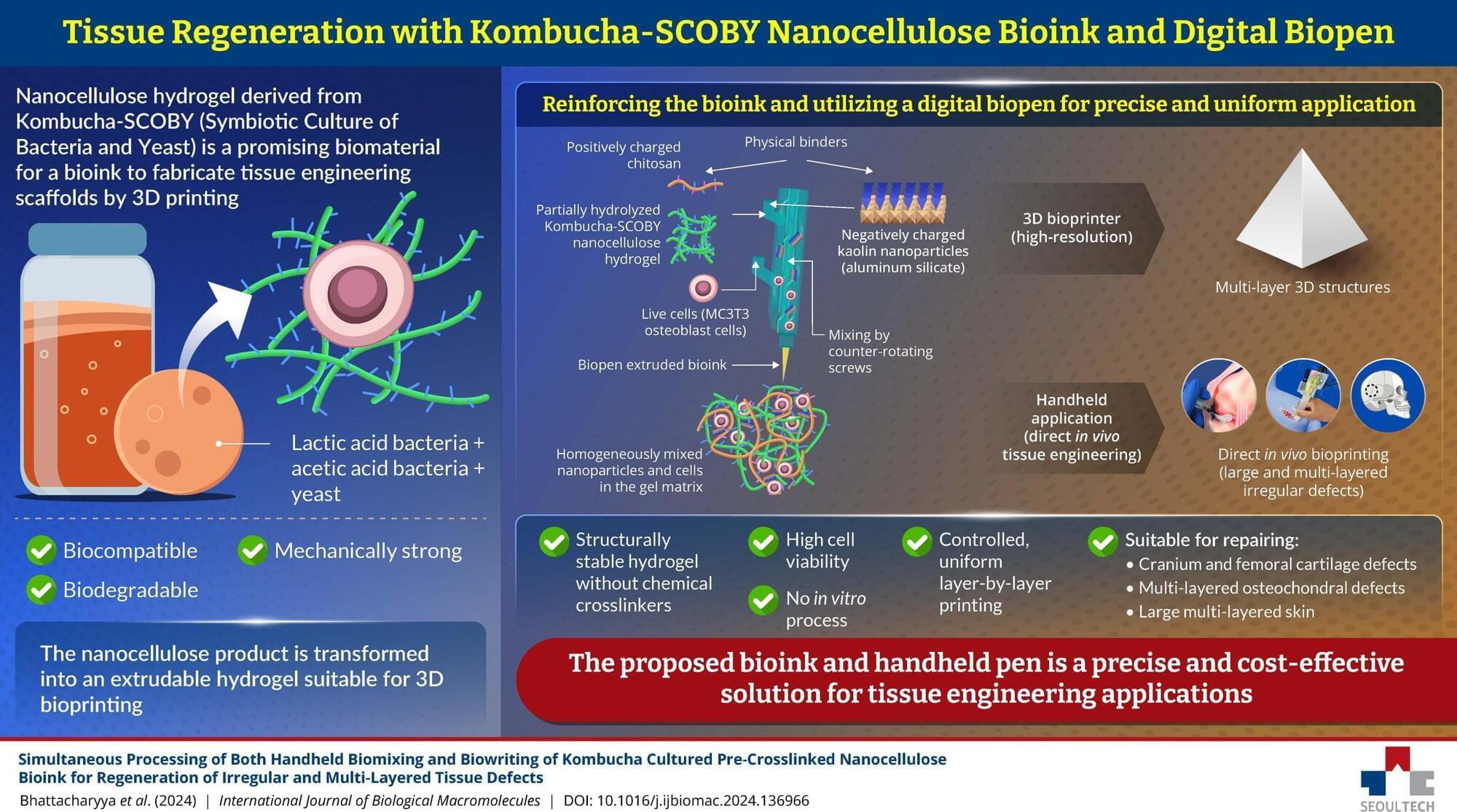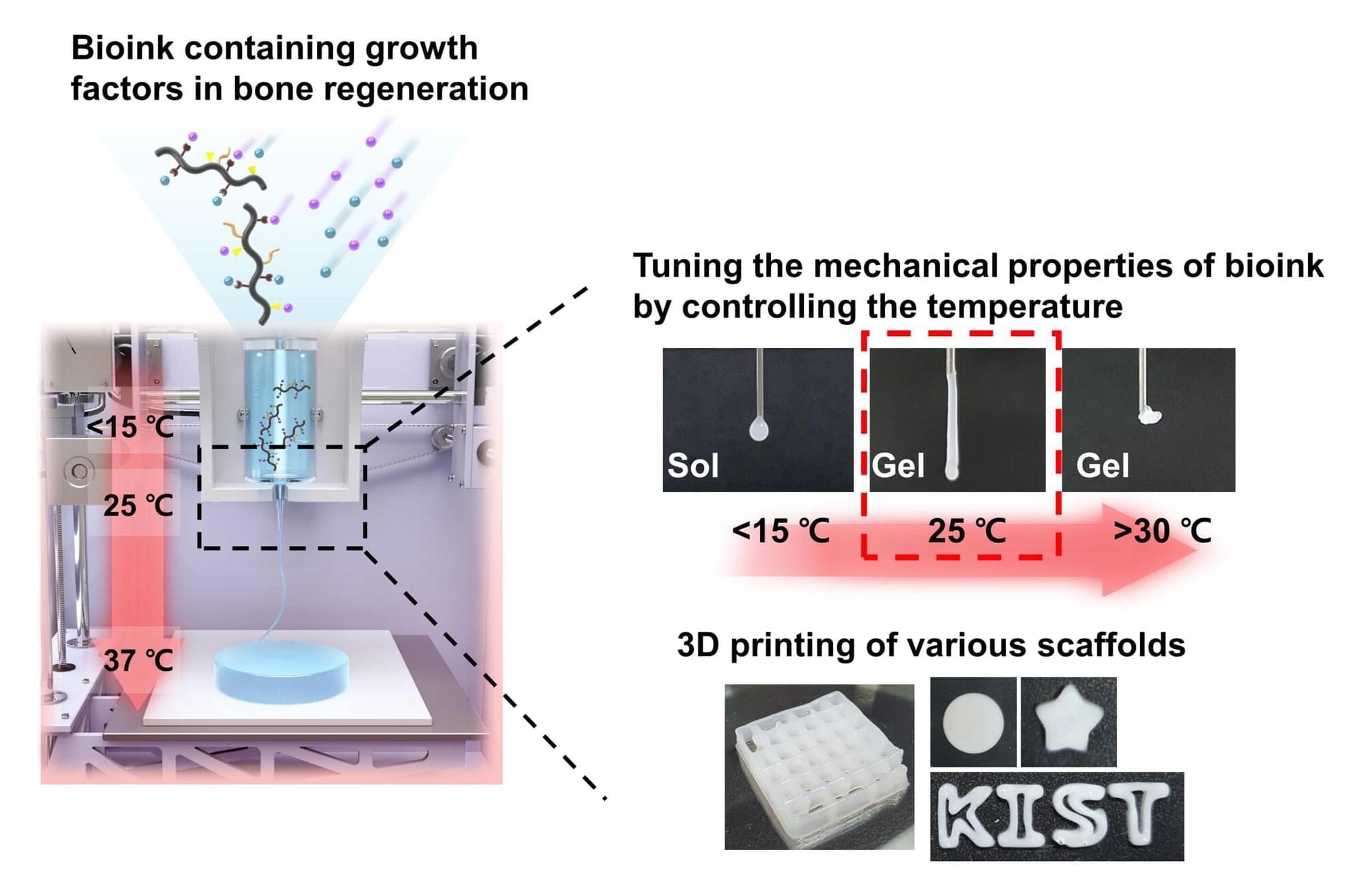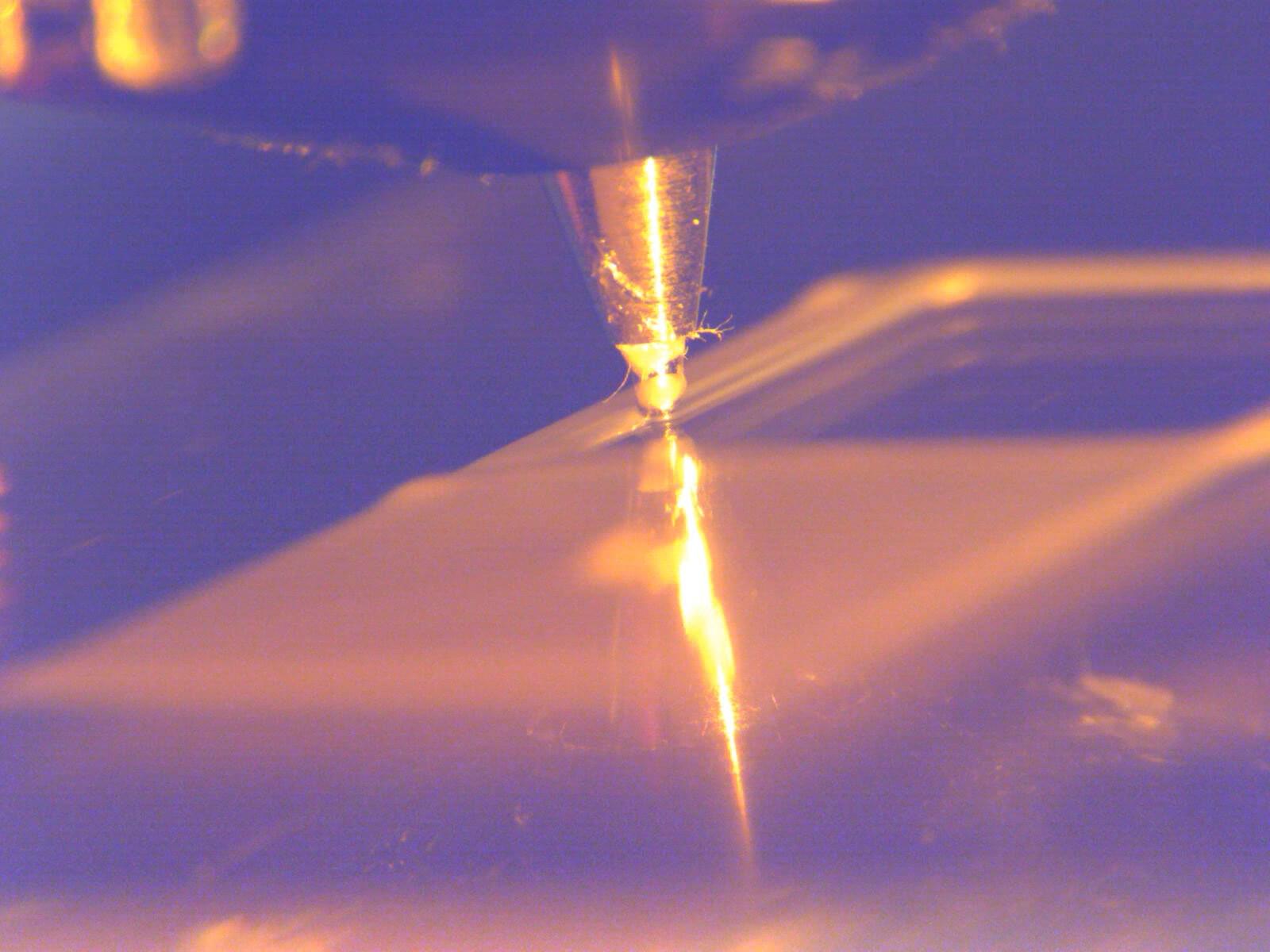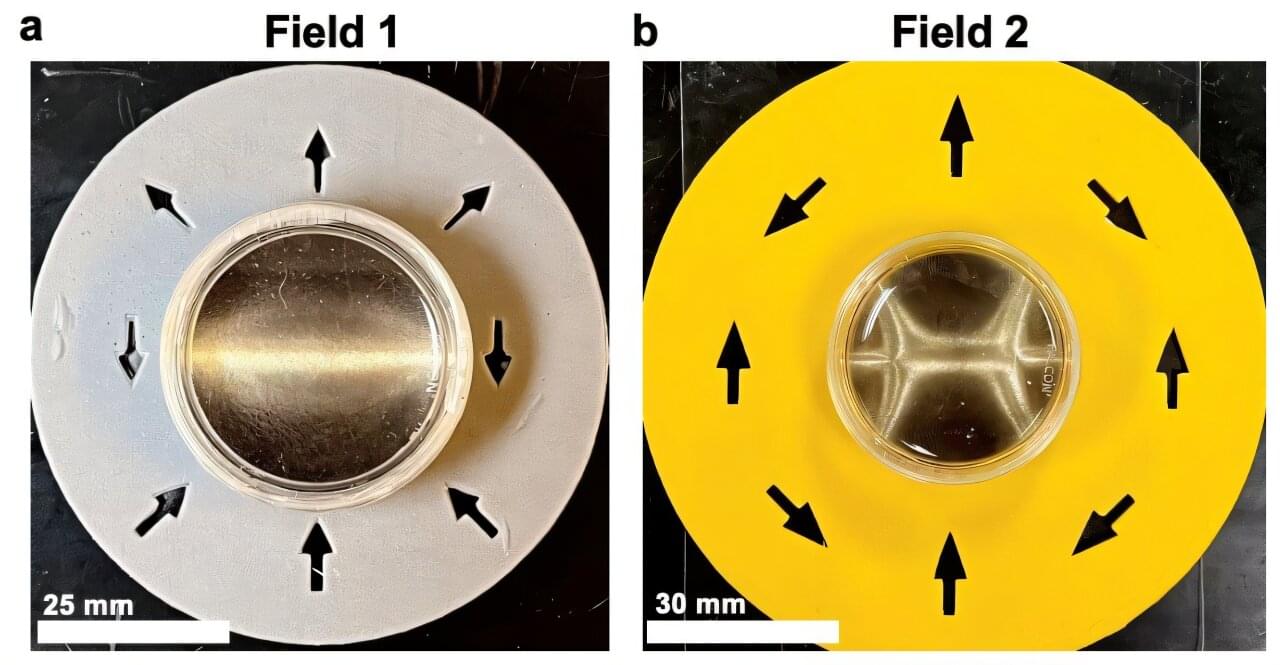Soft robots excel in safety and adaptability, yet their lack of structural integrity and dependency on open-curve movement paths restrict their dexterity. Conventional robots, albeit faster due to sturdy locomotion mechanisms, are typically less robust to physical impact. We introduce a multi-material design and printing framework that extends classical mechanism design to soft robotics, synergizing the strengths of soft and rigid materials while mitigating their respective limitations. Using a tool-changer equipped with multiple extruders, we blend thermoplastics of varying Shore hardness into monolithic systems. Our strategy emulates joint-like structures through biomimicry to achieve terrestrial trajectory control while inheriting the resilience of soft robots. We demonstrate the framework by 3D printing a legged soft robotic system, comparing different mechanism syntheses and material combinations, along with their resulting movement patterns and speeds. The integration of electronics and encoders provides reliable closed-loop control for the robot, enabling its operation across various terrains including sand, soil, and rock environments. This cost-effective framework offers an approach for creating 3D-printed soft robots employable in real-world environments.
Soft mechanism driven robots, made via multi-material 3D printing, combine soft and rigid components for robust, adaptable locomotion. This framework balances flexibility and strength, enabling effective operation across varied terrains.

